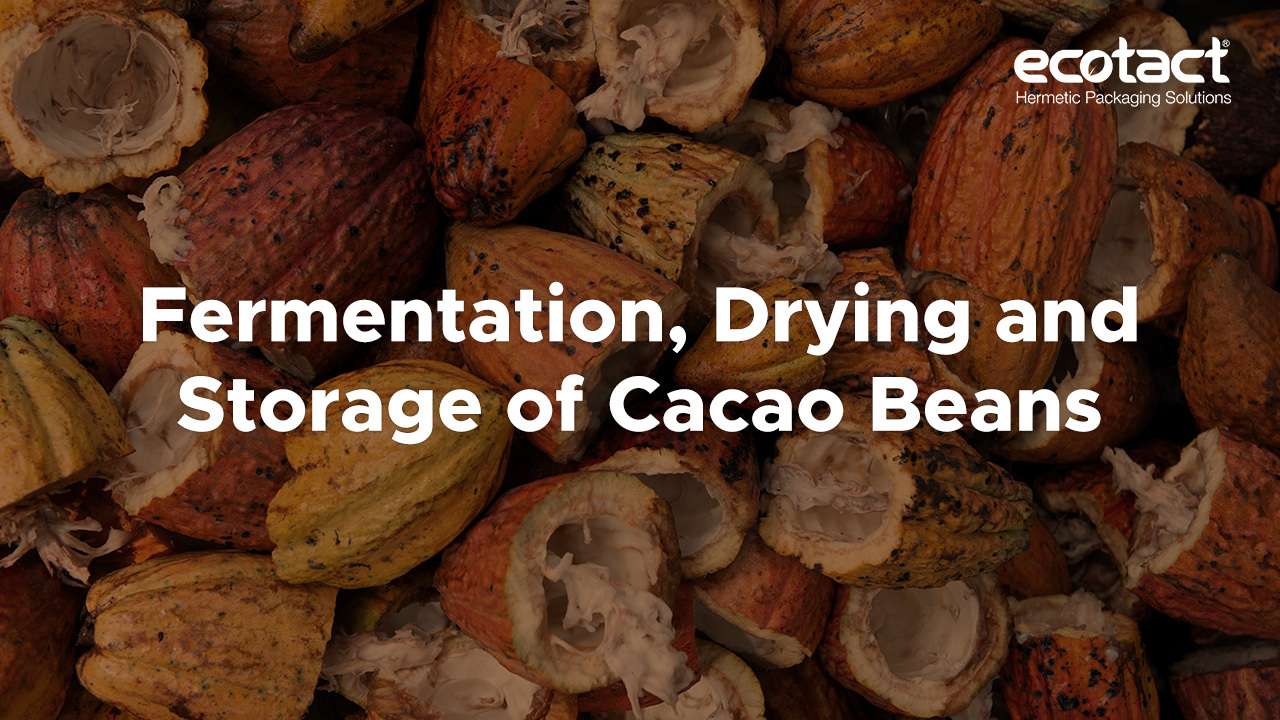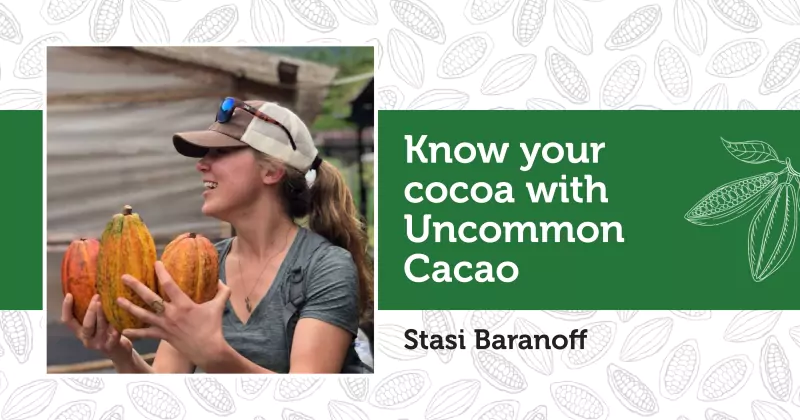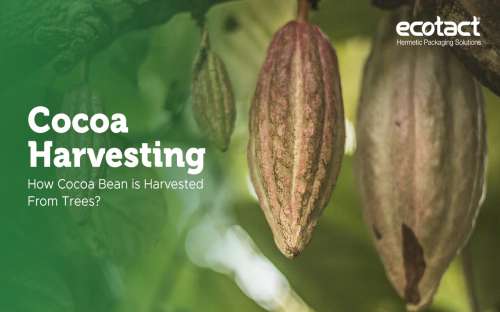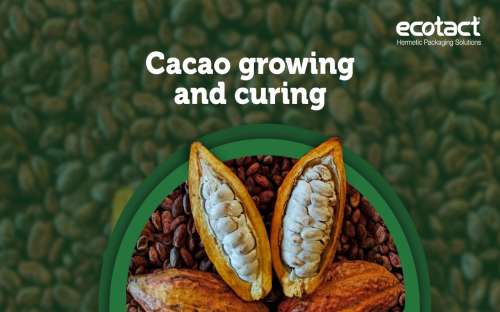How to ferment cacao beans? Start here for the complete guide to the fermentation, drying, and storage of cacao beans.
Global cocoa production peaked at 4.8 million tons in 2020-2021. Due to the continued demands of chocolate lovers worldwide, the Global “Cacao Market" is estimated to grow exponentially in the years 2022 - 2026.
With such a rise in global markets, a good Cacao bean can make or break the consumer experience. To ensure the best experience - adequate care needs to be taken from the very first step: taking care of the tree.
Proper nutrition, grooming and pruning, and the right amount of fertilizers are essential for a good cacao tree. This ensures the quality of the cacao beans remains superior. Ripe pods are cut out from the trees and the “wet beans” inside the pod are extracted within 7-10 days of harvesting.
The next step to getting premium cacao beans is undergoing a fermentation process. So, how to ferment cacao beans? This process is key to transforming cacao beans to delicious chocolate. This fermentation of cacao beans process includes an aerobic and anaerobic phase and decides the final flavor and acidity of the beans. To seamlessly ferment cacao beans, the right attention needs to be paid to temperature, faulty beans and time.
After the fermentation cacao beans process, Cacao beans go through a phase called drying. Here, freshly ferment cacao beans are dried over 5 to 7 days. If drying is too fast, it leaves the beans too bitter and acidic. If drying cacao beans takes longer, the beans may fall prey to mold contamination. Throughout this entire process, the beans lose half their weight and nearly all moisture - a properly dried bean is expected to have only 7% moisture. Drying cacao beans can be achieved in two ways: sun drying or artificial drying.
Sun drying is the method commonly used by small and bootstrapped farmers, as it has next to no overhead costs. In this method, the beans are spread evenly on mats or rugs and dried under direct sunlight. With dry and hot weather, this process is easily achievable.
The second method is extracting moisture artificially from the beans through mechanical drying. This requires an investment in machinery. It is better suited for cacao growing countries that have humid weather.
Although sun drying beans is cheaper, it leaves the beans exposed to insects and pollutants. They can impact the flavor and quality of the beans.
After all these processes, the beans are ready to be stored, shipped and processed. It is advisable to use Professional vacuum packing bags or hermetic grain storage bags. They help keep these beans in their prime conditions as they travel across the world
Another enemy of freshly dried beans is moisture - excess moisture can affect the Free Fatty Acid (FFA) in the beans. This measures the rancidity of cacao. Without hermetic grain storage bags or vacuum packing bags, this rancidity can rise, ruining the beans and making it unsellable. Fresh beans should have FFA between 1.0% - 1.7% levels.
This is where vacuum food grain packaging comes to the rescue. The $44.35 billion dollar cacao industry is dependent on these initial stages. That makes storage and transport imperative to increasing sales. Ecotact’s hermetically sealed bags keep harmful moisture locked out and the delicious chocolate flavor locked in.
Get a Choco-lot with every bite of chocolate with the proper storage in Ecotact’s vacuum food grain packaging!
 English
English
 Spanish
Spanish French
French


